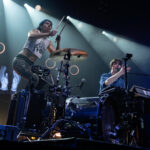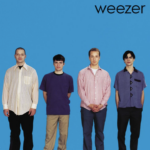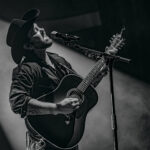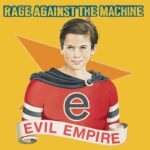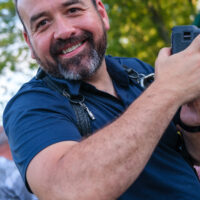Before / After – P¡nk
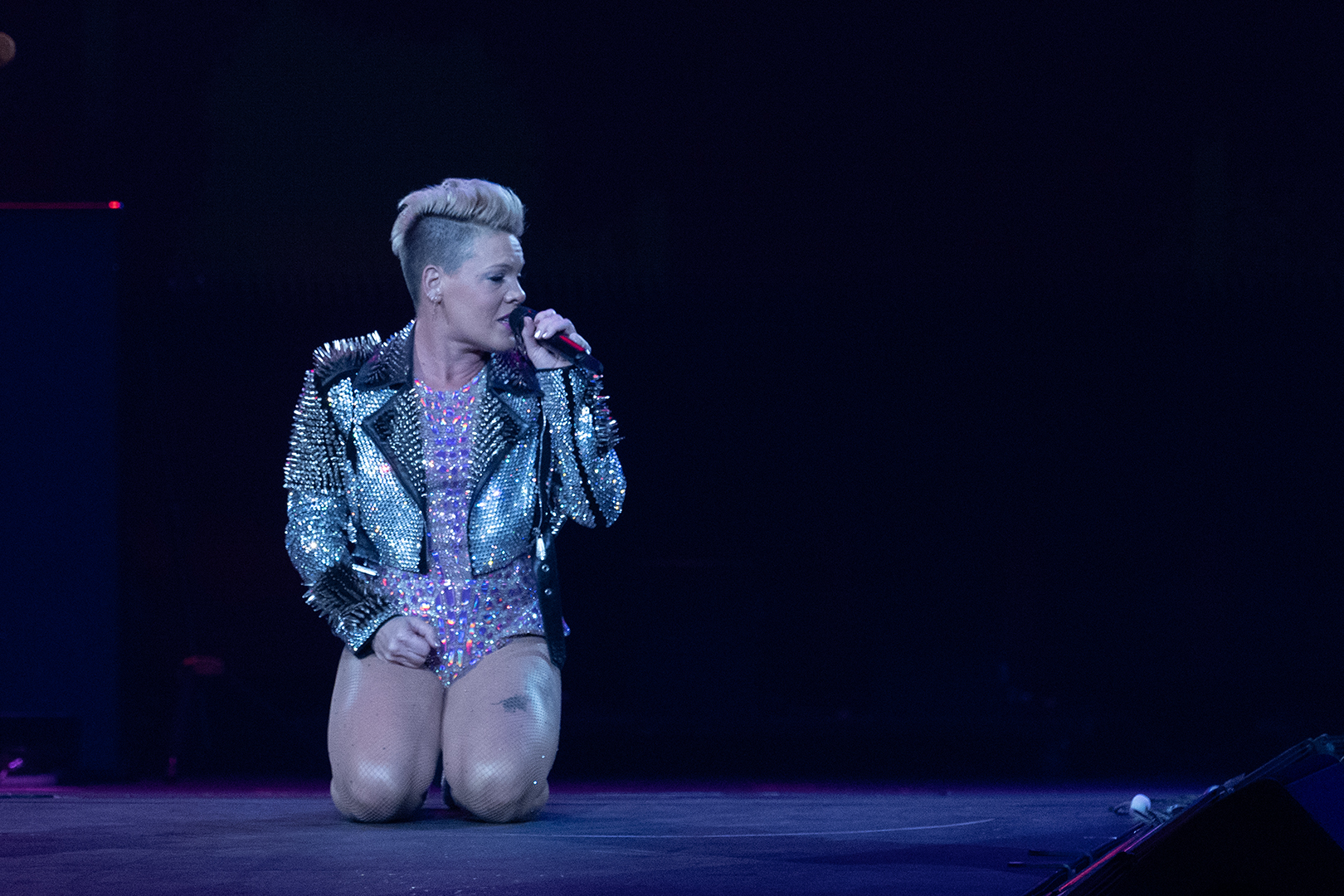
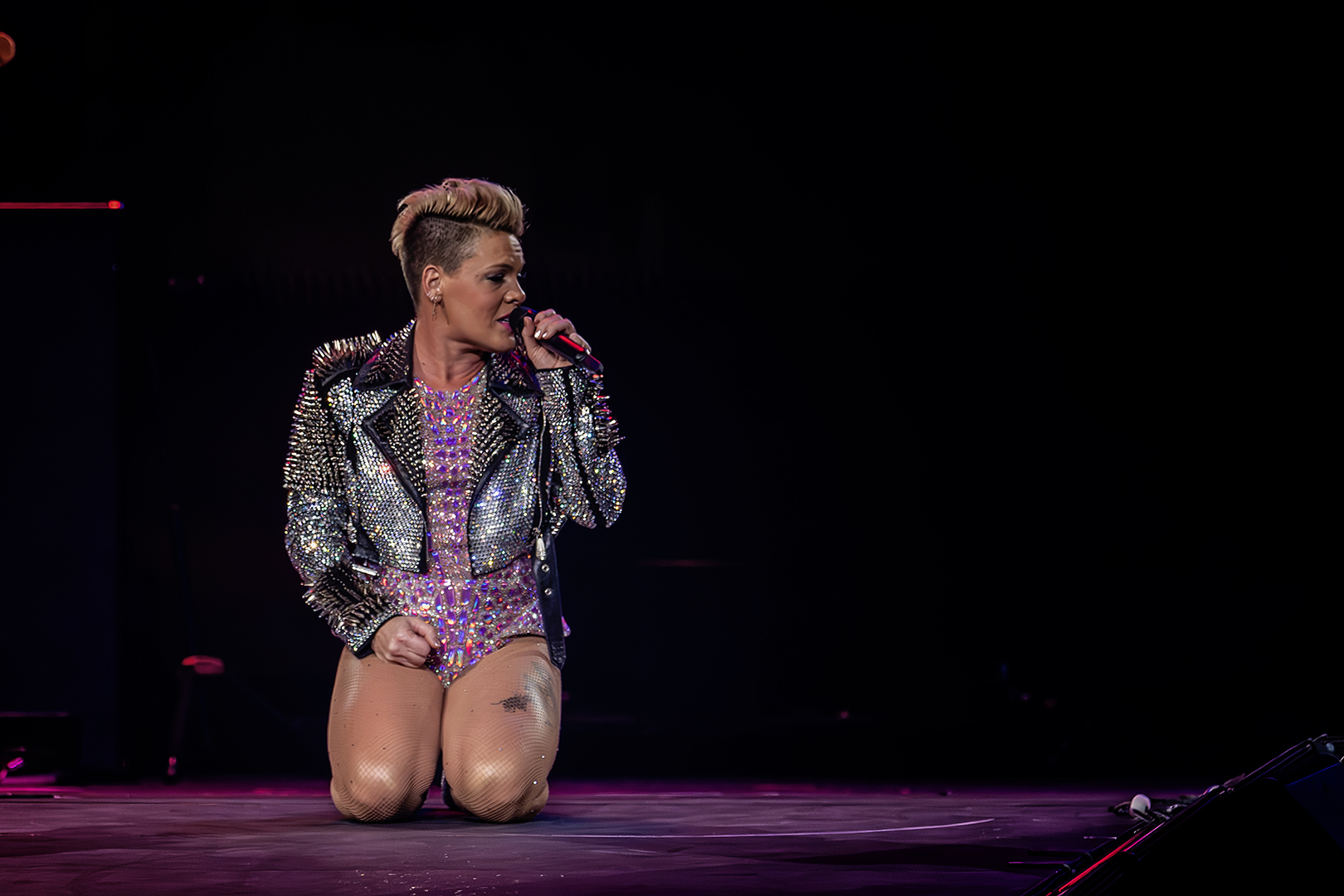
THE STORY
was wearing a t-shirt on a cold, windy night in Cleveland. Two hours prior, I was marveling at how wonderful it felt in the sunlight in Columbus. After the drive to Cleveland, I found myself trying to get out of the cold and into the media entrance for the venue. At the first door I tried, security told me it was just the next entrance. I asked which to be clear because there was some confusion last time I was here. "The one at the other end of the building?" I asked. Yes, they assured me, "Just around the corner."
Over the next 20 minutes, outside the next entrance, while in line with the VIP ticket holders, I regaled them with stories of what it is like being a concert photographer. They asked, and I told them. “I drove two hours to be here. I don’t get paid and they will escort me out of the building after the third song. They only tolerate us, and it shows every step of the way.”
Another twenty minutes later, at the fourth door, I was told it was the previous entrance I had just tried. As I was heading back to the third entrance, I heard, “Oh I see the problem is you’re early.” Security behind the employee entrance window explained. I don’t know how my timing would affect which door I should enter, but he was right. I got there over an hour early because this isn’t my city. I wanted to avoid rush hour traffic, test the lighting with the opener, and secure good placement for this soundboard shoot for P¡nk.
With each concert, you have to be prepared for any bit of nonsense that could hold you back — traffic, parking, an overly full pit, your name not on the list, or several doors to knock on before you’re let in. In the past, I’ve paid for parking after the drive to the venue where they let us know the artist changed their mind, there will be no photos tonight. I’ve been escorted out of the venue after two songs when we were promised three. I neglected to bring a telephoto lens for the pit shoot that has now become a soundboard shoot but only for this performance on the tour.
The pit is usually right up against the stage. This was a soundboard or front of house shoot. This means we were behind all the cheering fans with floor seats and phone cameras who like to capture the entire performance above their heads. We were also only allowed to photograph the first 3 songs of the performance. There were 3 photographers who showed up early enough to shoot the opener Grouplove. We were told to stand on our little ladders in front of half of the soundboard so we would not obscure their view of the stqge. When they finished their performance, our escort ushered us to the VIP lounge where we were to wait for her to take us back to the soundboard for the next performance.
An hour passed and she returned, having already escorted the other photographers who showed up late to the soundboard. On top of that, we didn’t even get half of the soundboard to stand in front of, we were made to stand in one of two single-file lines beside the soundboard. I stood balancing on a 16” stool with 8k worth of camera gear in my hand while drunk people bumped into me forcing me to correct my balance for the next 40 minutes while we waited on P¡k to take the stage. At one point, someone who works there came out to tell us our footprint was too big. We needed to scoot in closer to the soundboard. I got off my step ladder to meet their demands, made eye contact with one of our escorts and said, “I’ve been here since 5:30 and I don’t feel like anyone wants me here.”
This photo is not the best photo I took that evening, but it was one of the hardest to get right. When I got off my ladder, I scooted closer and stationed my monopod on the step ladder in between my feet. This, I would find out later, was a big mistake. It was a lot more difficult to keep my balance only having some of my feet on the ladder, which also provided a lot of shake at the camera making a lot of shots that I took useless. Before her performance, I had set my camera to get action shots. When she knelt down, I tried making adjustments to get a clearer, brighter photo, but when I pulled my camera away from my face to review everything, I nearly lost my balance. The settings had to remain.
The RAW file was dark and grainy. I needed to back out of the blue and add in some pink. First I adjusted the levels in Camera Raw, just like you would also do in Lightroom classic. I almost always leave the shadows alone. I used to be afraid of the dark, but now I embrace it like a sith lord.
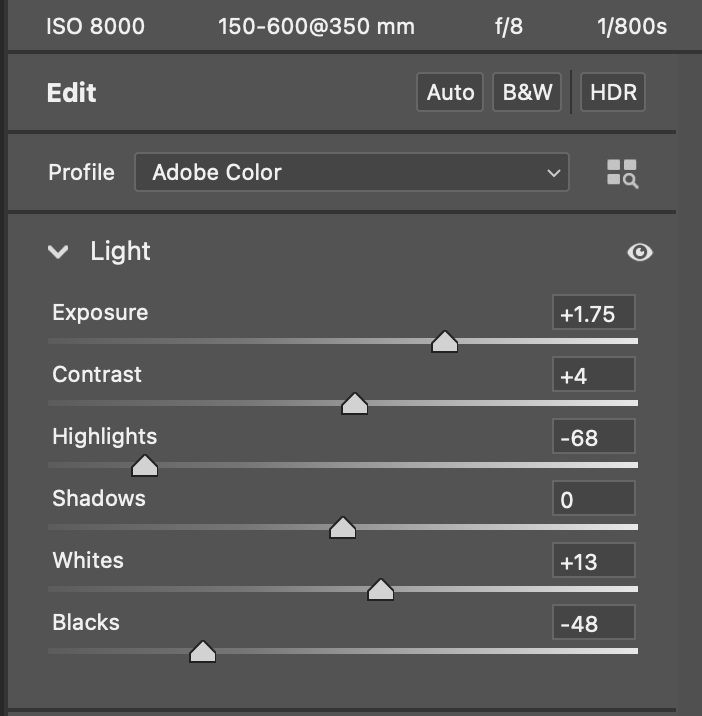
Then I used AI Denoise at an amount of 60 to clear out the noise and grain. Progressing into Photoshop, I adjusted the color balance to bring out red and yellow more. The next step, I used a custom preset I created called “TRIAL”. This makes the following adjustments to much of my concert (and even portrait photography):
• Makes several duplicates layers of the original image
• One layer creates a high pass layer further defining the outlines of the image
• One layer reduces the saturation of the image
• One layer raises the dehaze effect in Camera Raw
• One layer multiplies only the black color of the image
I’m sure it seems complicated, but it almost all automated at this point from years of trial and error. I create these layers so if any of them need to be tweaked or removed, I can just set the respective layer to a visibility percentage from 0-100%. I can even change the layer effect to multiply, color, etc. Usually, I merge all the working layers and turn them into a layer mask and remove 35% of that radial space on and around the subject’s head and torso, giving her a light vignette exposing only the original layer beneath it. This time however, a lot of black needed to be added to the back and I didn’t want to lighten that.
People think concert photographers are treated like VIP. We must tour with them. They probably know the band and are friends. We high five and muse over our love for the other’s work. In reality for this show, I drove 4 hours round trip to Cleveland on an unpaid assignment to photograph P¡nk for about 12 minutes. I spent hours editing the files, coming up with a write up, and publishing it online. P¡nk will never see any of this, although her publicist will be given a link to the review. There is always something different obscuring our ability to focus on what we came to do. We have to be weary that there is going to be a reason to miss the shot. Jumping through the hoops and coming away with something we love makes it all that much sweeter when I can beat the odds of getting anything worth publishing.
THE DETAILS
LOCATION – Cleveland, OH
VENUE – Rocket Mortgage Fieldhouse
DATE – November 8, 2023
PHOTOGRAPHER – Harry Acosta, harryacosta.com
CAMERA – Canon R3
LENS – Tamron 150-600 G2 f5-6.3 Di VC
APERTURE – f/8
SHUTTERSPEED – 1/800
FOCAL LENGTH – 350mm
ISO – 8000
SOFTWARE – Adobe Photoshop/Camera Raw
Photos & words courtesy of Harry Acosta — Website | Instagram | Facebook
Harry Acosta is a professional photographer who started out shooting concerts. He is an avid concertgoer and loves to capture his favorite musicians and unseen moments we take for granted in everyday life.
-
Harry Acostahttps://thehotmic.co/author/harry-acosta/
-
Harry Acostahttps://thehotmic.co/author/harry-acosta/
-
Harry Acostahttps://thehotmic.co/author/harry-acosta/
-
Harry Acostahttps://thehotmic.co/author/harry-acosta/
